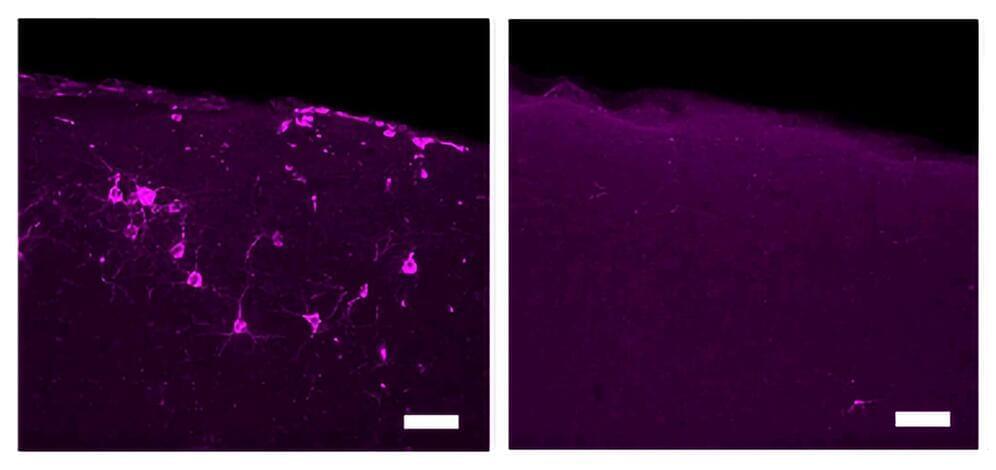An antibiotic developed some 80 years ago before being abandoned and forgotten could again offer exciting new solutions, this time to the emerging threat of drug-resistant superbugs.
Half of the bacteria-killing drugs we use today are variations of compounds that were found nearly a century ago, during this ‘golden age’ of antibiotics. One called streptothricin was isolated in the 1940s, drawing attention for its potential in treating infections caused by what are known as gram-negative bacteria.
Unlike gram-positive bacteria, these microbes lack a robust cell wall that many antibiotics target. Finding alternatives has been one of the big challenges for the pharmaceutical industry. In 2017, the World Health Organization (WHO) released a list of the most dangerous, drug-resistant pathogens out there. Most were gram-negative bacteria.








